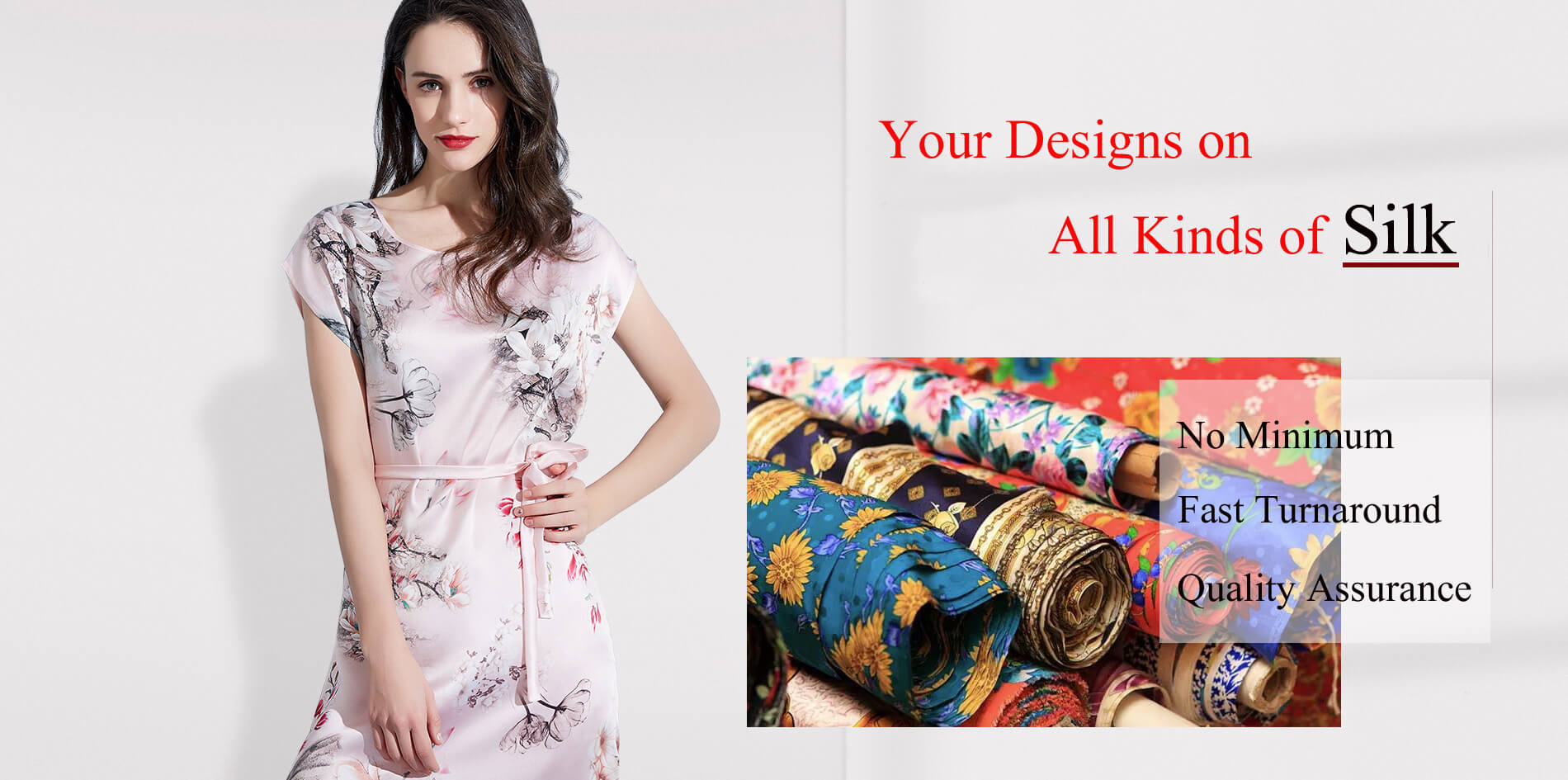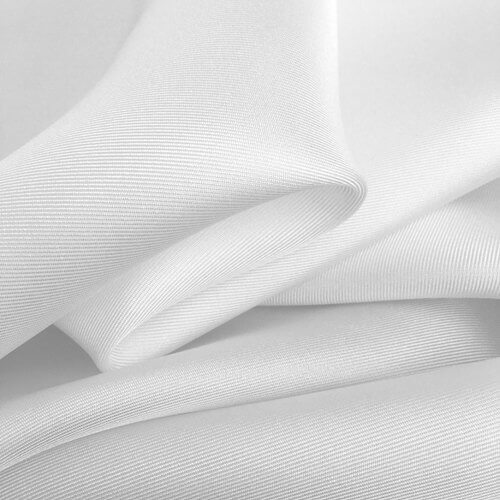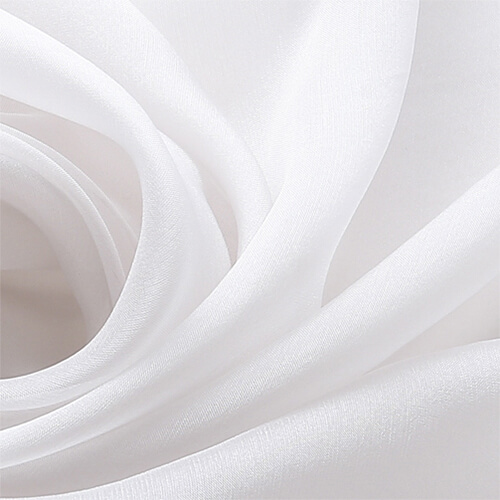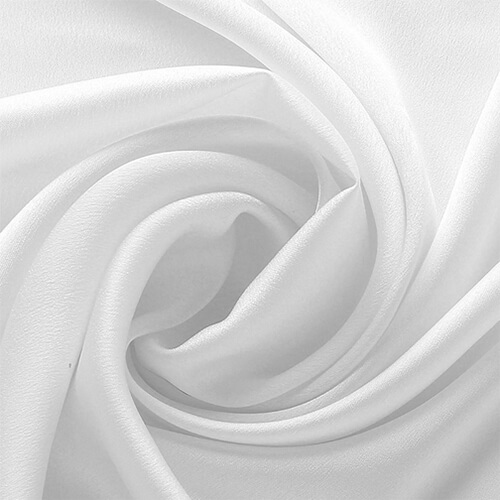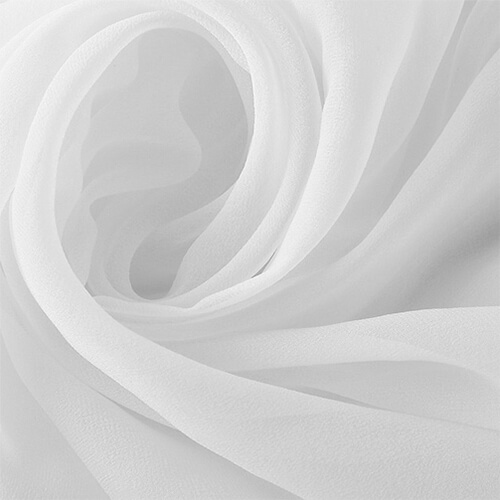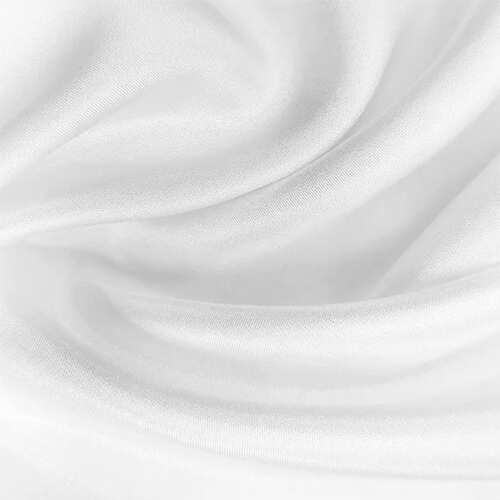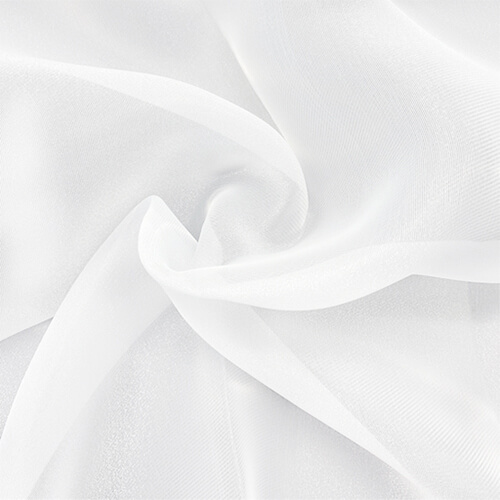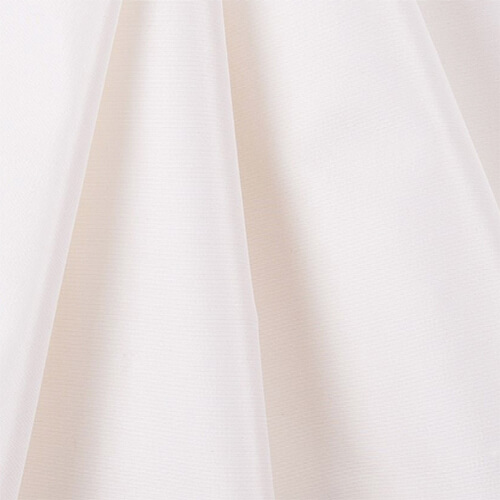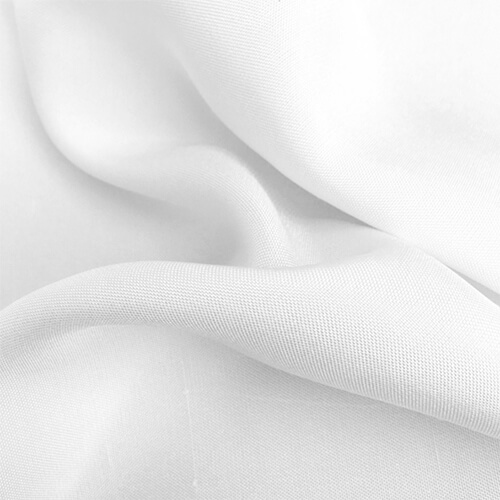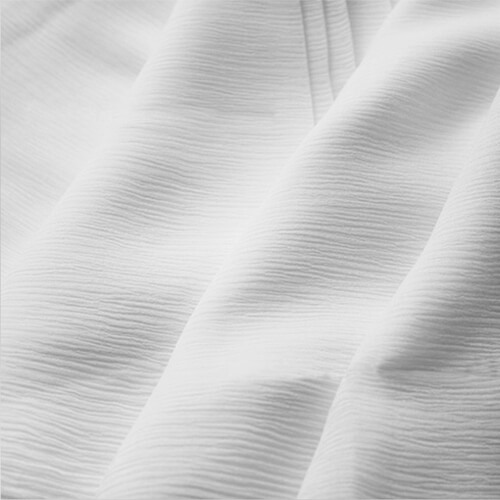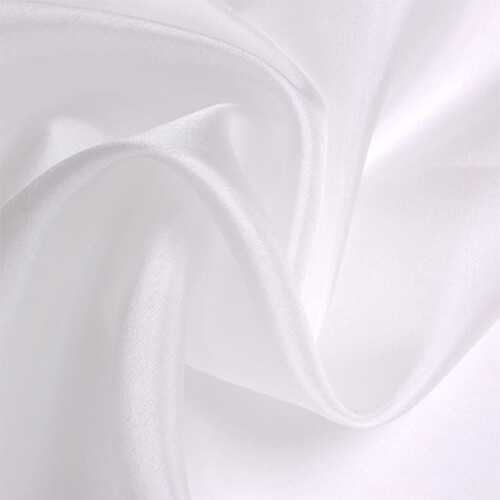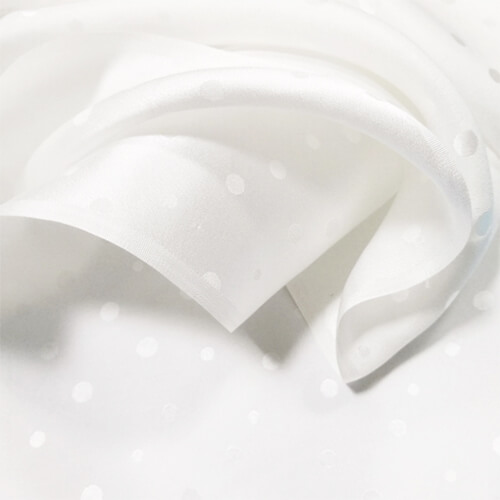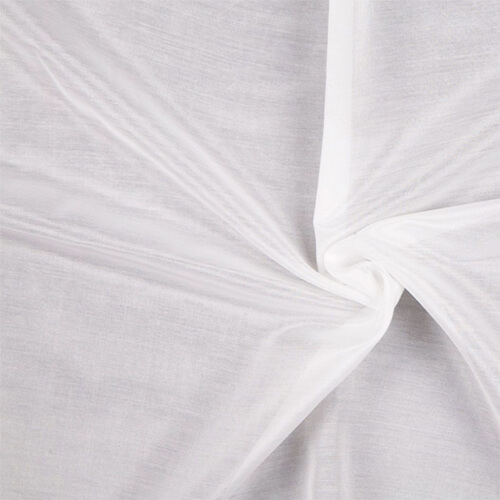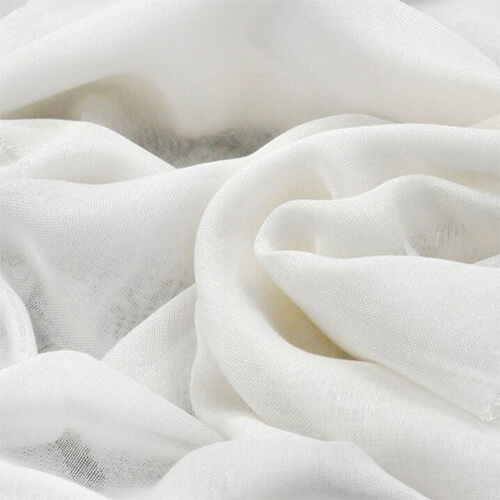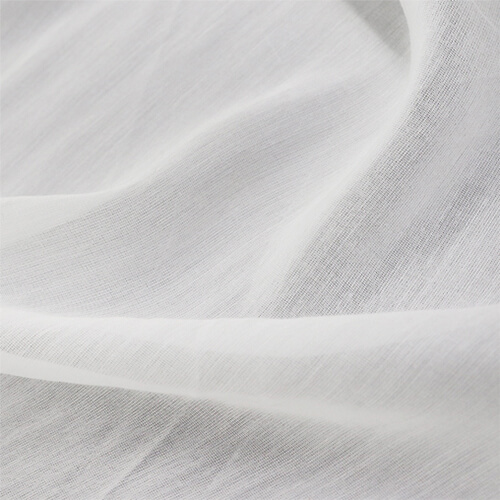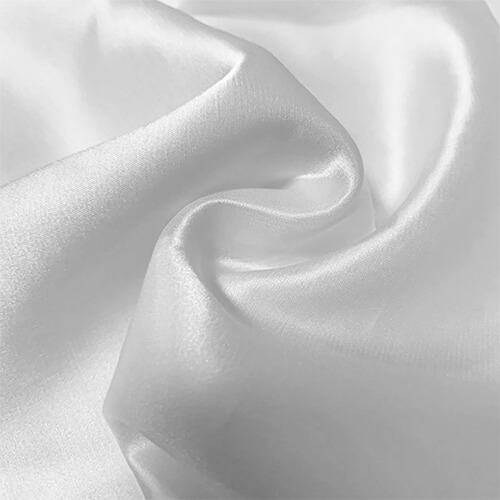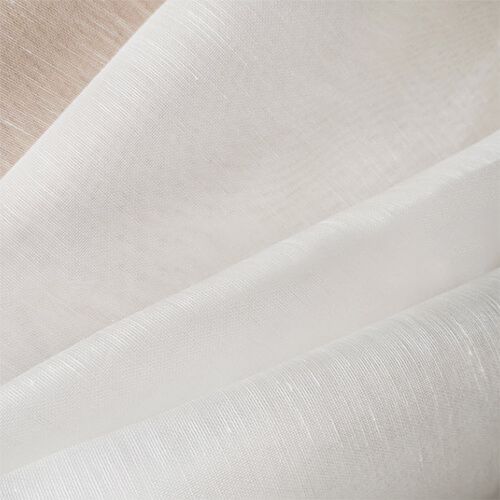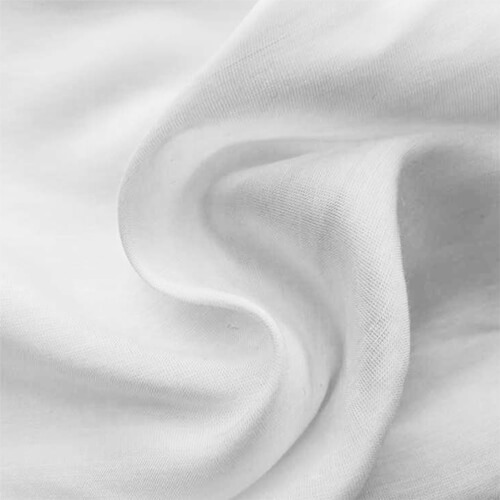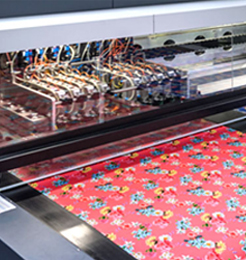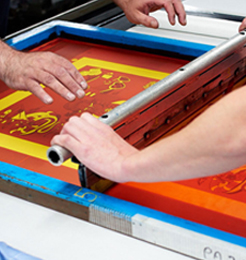
Pre-treatment:
It is done before digital printing process. Pretreatment processes include sizing, scouring, and bleaching which make subsequent digital printing, dyeing and softening processes easy, sizing is what eventually reacts with thedyes to achieve permanent printing results. Advantages of sizing:Increase colour fastness , abrasion resistance, increased stiffness, elasticity, reduced hairiness, static charge reduction, increase in arn diameter.

Printing:
Rolled silk fabrics is prepared for printing after pre-treatment. Digital printing is the process of printing digital-based images directly onto fabric which is same like printing on paper, there are two kinds of printingone-side digital printing and two-sides digital printing


Two-sides digital printing one technique is used in order to have the mirror image precisely printed in the back which can print patterns with same or different set of colors on two sides at the same time, suitable for scarves which one can be used as two,or high-end silk fabrics, completely solved fade color on the back side.

Color Separation
Screen printing is to print different colors one by one, each time print 1 color which means designer need to separate colors and create color layers, it’s prepared for screen.
Screen Prepared:
Printers prepare appropriate size of screen and sensitive emulsion, emulsion daubed on both screen and dryingscreens,acetate sheet featuring the design is laid onto the


emulsion-coated screen, then screens will be exposed under about high temprature in period of time, the part covered by acetate board keeps liquid state, other photosensitive covered parts will become hard, each different color needs one screen, printers needs to ensure there is no gap and the integrity of final patterns.

Prepared For Printing
The screen is then placed on the printing fabric. The fabric being printed is laid down flat onto the printing board, underneath the screen, printers need to make sure the fabric is absolute straight and horizontal so that final printing comes


out perfectly. There are two kinds of platform, 45 degree platform that one printer can finish the printing work alone,and the flat platform suitable for any width always needs two printers. Printers pour the proportioned dyes according to pantone color on screen, with squeegee moves two times on screen, dyes pass through mesh and penetrate on fabric under pressure, imprinting the design on silk fabric underneath.

Steam
The steaming step, is where the final color gradually emerged ! Printed fabric runs through an steaming machine,coating it in 110 degree steam for about
5-10 minutes (depends on different silk fabrics), under the high temperature and hot steam, the dyes permanently setting the colour into each textile fibre, and the final colors will show brighter and vivid.


Wash & Dry
This is a step to process the hand feeling and color fixing by adding softener, dye-fixing agent, after that silk fabric will go through clean water for several times, rinse thoroughly the chemicals and wasted dyes, then fabric will run on heat-band to vaporize all the water, at this point the colors are vibrant, intense and completely permanent.

Inspect
The inspection step is probably the most important step,because it’s where we can thoroughly inspect each and every fabric printed,to make sure the the printing quality and fabric quality can completely satisfy our clients,which are able to most tangibly ulfil our quality commitments to clients.

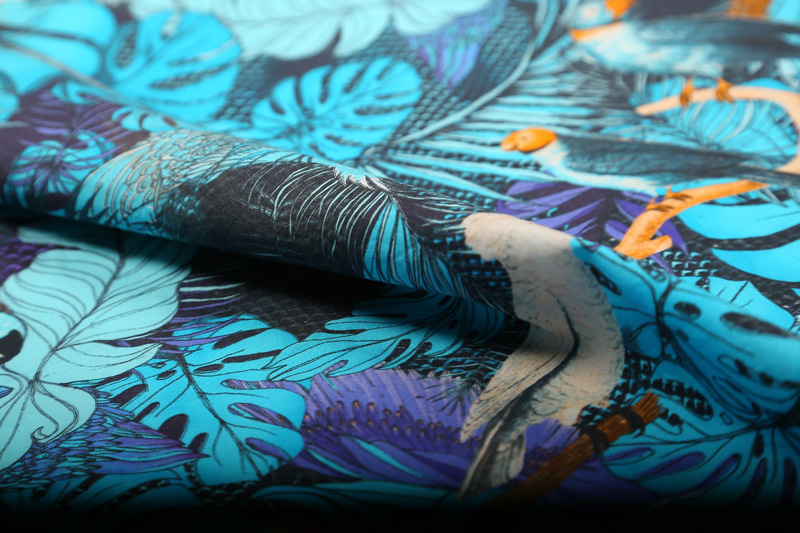
What Is Reactive Printing?
Active printing is relative to pigment printing, the reactive gene and fiber molecules form a combination during reactive printing and dyeing process, so that the colors are permanently locked into a fabric , The reactive printedfabric has bright color, soft hand feeling, good air permeability and color fastness which can be washed often without fading. Also the fabric has excellent dust-proof performance, high cleanliness, color fastness,cleanliness and color fastness, of course, the cost is higher than pigment printing and dyeing, reactive printing only suits protein fabrics such as silk, wool, cashmere or natural fiber like cotton, linen, modal, rayon and so on.

The environmental impact of reactive printing and silk
There is no doubt that the clothing and apparel industry is closely related to printing, and printing is one of the industries that seriously pollutes the environment.However, in order to reduce its impact, we adopted reactive printing. The dyes do not need to be pre-proportioned. Compared with traditional dyes, there is no waste, and there is no need for a lot of water to participate in the reaction. The sewage discharge is naturally reduced, and the reactive printing can be printed in accurate quantities.
For silk fabric, it can be recycled, and the excess waste can be turned into new fabrics after series processing, as a protein fiber, it can be degraded naturally even totally disappeared in 3-4 years, harmless to environment at all. At the same time, our printed fabrics, labels, sewing thread, elastic and other accessories we use all passed OEKO-TEX, SGS and INTERTEK certification. All silk products we made can carry an OEKO-TEX label as well.






 English
English German
German French
French Russian
Russian Spanish
Spanish Japanese
Japanese Korean
Korean Portuguese
Portuguese Ukrainian
Ukrainian Arabic
Arabic Italian
Italian